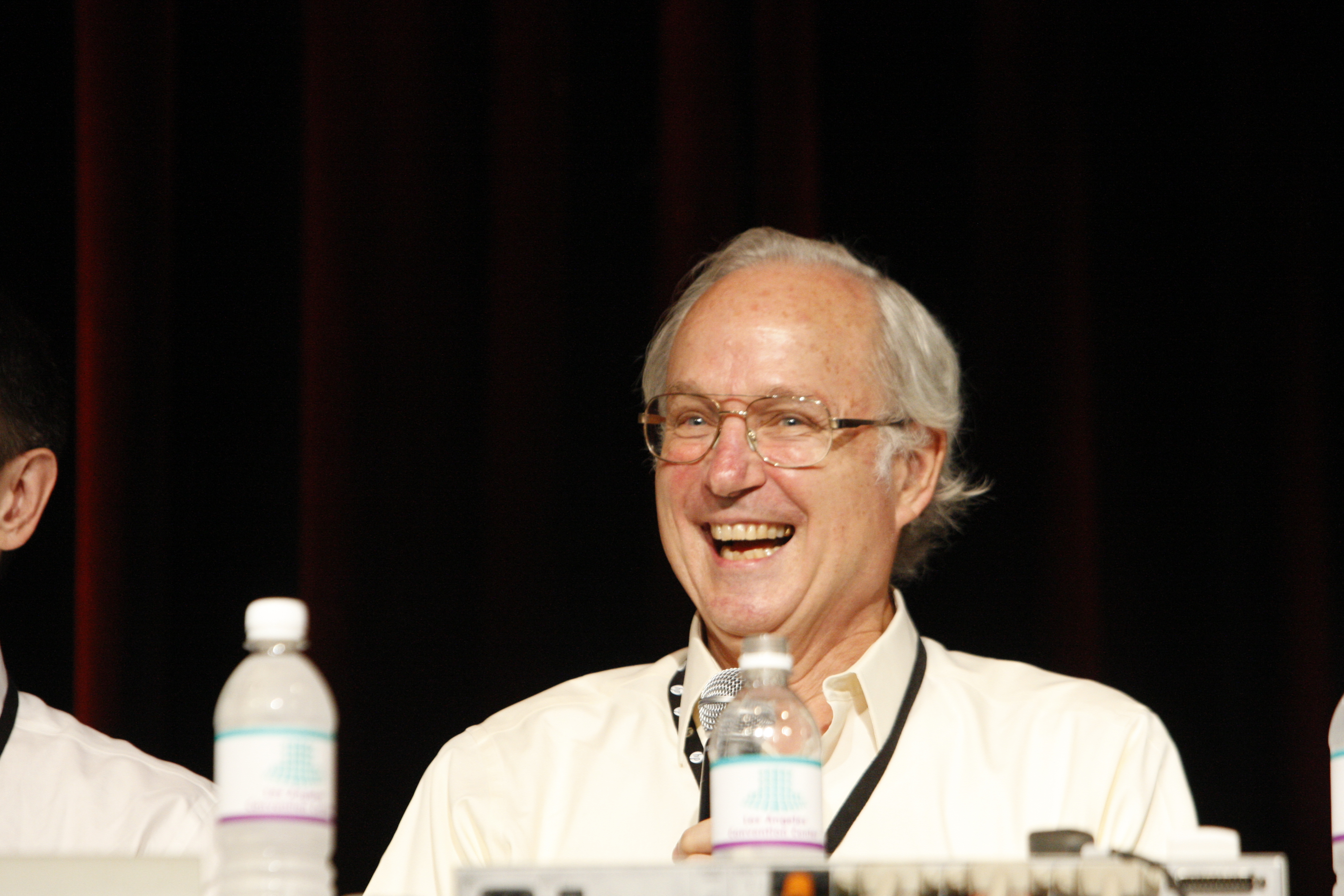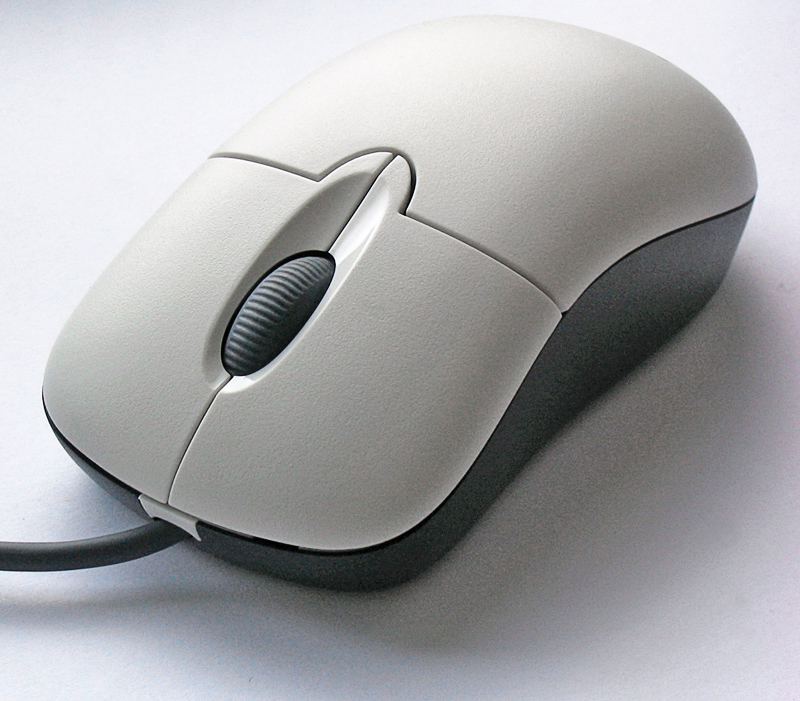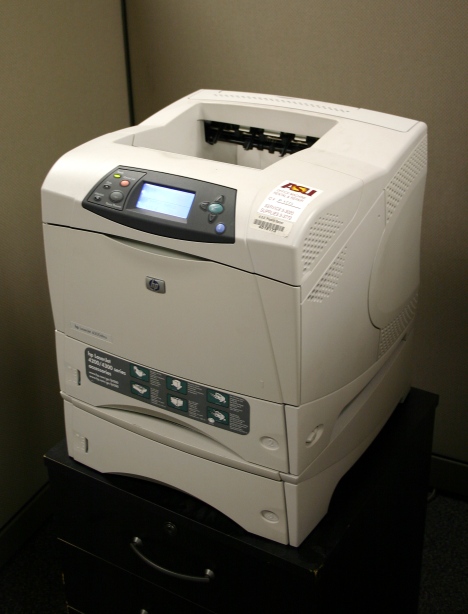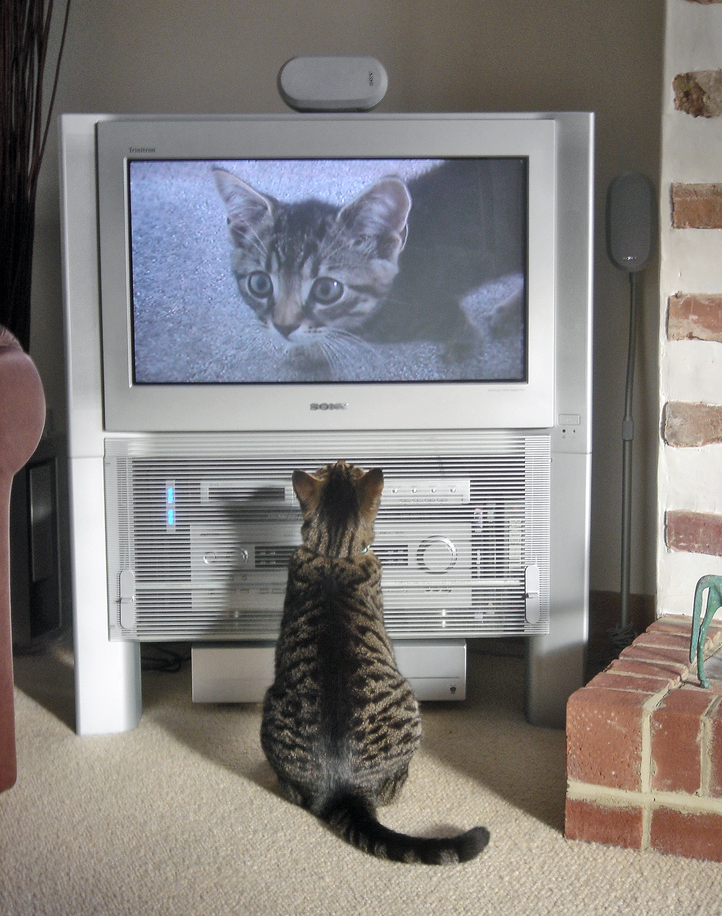|
Bravo (editor)
Bravo was the first WYSIWYG document preparation program. It provided multi-font capability using the bitmap displays on the Xerox Alto personal computer. It was produced at Xerox PARC by Butler Lampson, Charles Simonyi and colleagues in 1974. Overview Bravo was a modal editor—characters typed on the keyboard were usually commands to Bravo, except when in "insert" or "append" mode, in which case they were entered into the character buffer. Bravo made extensive use of the mouse for marking locations in the text, as well as selecting areas of the text, but it was not used for command entry. (Being at the very dawn of graphical user interface design, a non- command driven interface was judged too ambitious and possibly even inefficient and cumbersome.) In addition to a long list of commands for controlling the formatting of the text (e.g. the ability to adjust left and right margins for sections of text, select fonts, etc.) Bravo also supported use of multiple buffers (i.e. fil ... [...More Info...] [...Related Items...] OR: [Wikipedia] [Google] [Baidu] |
Butler Lampson
Butler W. Lampson, ForMemRS, (born December 23, 1943) is an American computer scientist best known for his contributions to the development and implementation of distributed personal computing. Education and early life After graduating from the Lawrenceville School (where in 2009 he was awarded the Aldo Leopold Award, also known as the Lawrenceville Medal, Lawrenceville's highest award to alumni), Lampson received an A.B. in physics (''magna cum laude'' with highest honors in the discipline) from Harvard University in 1964 and a PhD in electrical engineering and computer science from the University of California, Berkeley in 1967. Career and research During the 1960s, Lampson and others were part of Project GENIE at UC Berkeley. In 1965, several Project GENIE members, specifically Lampson and Peter Deutsch, developed the Berkeley Timesharing System for Scientific Data Systems' SDS 940 computer. After completing his doctorate, Lampson stayed on at UC Berkeley as an assistan ... [...More Info...] [...Related Items...] OR: [Wikipedia] [Google] [Baidu] |
Computer Mouse
A computer mouse (plural mice, sometimes mouses) is a hand-held pointing device that detects two-dimensional motion relative to a surface. This motion is typically translated into the motion of a pointer on a display, which allows a smooth control of the graphical user interface of a computer. The first public demonstration of a mouse controlling a computer system was in 1968. Mice originally used two separate wheels to track movement across a surface: one in the X-dimension and one in the Y. Later, the standard design shifted to utilize a ball rolling on a surface to detect motion. Most modern mice use optical sensors that have no moving parts. Though originally all mice were connected to a computer by a cable, many modern mice are cordless, relying on short-range radio communication with the connected system. In addition to moving a cursor, computer mice have one or more buttons to allow operations such as the selection of a menu item on a display. Mice often also fea ... [...More Info...] [...Related Items...] OR: [Wikipedia] [Google] [Baidu] |
Data General Nova
The Data General Nova is a series of 16-bit minicomputers released by the American company Data General. The Nova family was very popular in the 1970s and ultimately sold tens of thousands of units. The first model, known simply as "Nova", was released in 1969. The Nova was packaged into a single 3U rack-mount case and had enough computing power to handle most simple tasks. The Nova became popular in science laboratories around the world. It was followed the next year by the SuperNOVA, which ran roughly four times as fast. Introduced during a period of rapid progress in integrated circuit (or "microchip") design, the line went through several upgrades over the next five years, introducing the 800 and 1200, the Nova 2, Nova 3, and ultimately the Nova 4. A single-chip implementation was also introduced as the microNOVA in 1977, but did not see widespread use as the market moved to new microprocessor designs. Fairchild Semiconductor also introduced a microprocessor version of th ... [...More Info...] [...Related Items...] OR: [Wikipedia] [Google] [Baidu] |
Mesa (programming Language)
Mesa is a programming language developed in the late 1970s at the Xerox Palo Alto Research Center in Palo Alto, California, United States. The language name was a pun based upon the programming language catchphrases of the time, because Mesa is a "high level" programming language. Mesa is an ALGOL-like language with strong support for modular programming. Every library module has at least two source files: a ''definitions'' file specifying the library's interface plus one or more ''program'' files specifying the implementation of the procedures in the interface. To use a library, a program or higher-level library must "import" the definitions. The Mesa compiler type-checks all uses of imported entities; this combination of separate compilation with type-checking was unusual at the time. Mesa introduced several other innovations in language design and implementation, notably in the handling of software exceptions, thread synchronization, and incremental compilation. Mesa wa ... [...More Info...] [...Related Items...] OR: [Wikipedia] [Google] [Baidu] |
Gypsy (software)
Gypsy was the first document preparation system based on a mouse and graphical user interface to take advantage of those technologies to virtually eliminate modes. Its operation would be familiar to any user of a modern personal computer. It was the second WYSIWYG document preparation program, a successor to the ground-breaking Bravo on the seminal Xerox Alto personal computer. It was designed and implemented at Xerox PARC in 1975 by Larry Tesler and Timothy Mott, with advice from Dan Swinehart and other colleagues. The code was built on Bravo as a base and the developers of Bravo, including Tom Malloy, Butler Lampson and Charles Simonyi provided technical support to the effort. It was produced for use at Ginn & Co., a Xerox subsidiary in Lexington, Massachusetts which published textbooks. Although similar in capabilities to the then-current version of Bravo, the user interface of Gypsy was radically different frothat of Bravo In both Bravo and Gypsy, a command operated on the c ... [...More Info...] [...Related Items...] OR: [Wikipedia] [Google] [Baidu] |
Point (typography)
In typography, the point is the smallest typographic unit, unit of measure. It is used for measuring typeface, font size, leading, and other items on a printed page. The size of the point has varied throughout printing's history. Since the 18th century, the size of a point has been between 0.18 and 0.4 millimeters. Following the advent of desktop publishing in the 1980s and 1990s, digital printing has largely supplanted the printing press, letterpress printing and has established the DTP point (DeskTop Publishing point) as the de facto standard, ''de facto'' standard. The DTP point is defined as of an inch, international inch () and, as with earlier American point sizes, is considered to be of a pica (typography), pica. In metal type, the point size of the font describes the body height (typography), height of the metal body (typography), body on which the typeface's characters were cast. In digital type, letters of a font are designed around an imaginary space called an ' ... [...More Info...] [...Related Items...] OR: [Wikipedia] [Google] [Baidu] |
Word Processing
A word is a basic element of language that carries an objective or practical meaning, can be used on its own, and is uninterruptible. Despite the fact that language speakers often have an intuitive grasp of what a word is, there is no consensus among linguists on its definition and numerous attempts to find specific criteria of the concept remain controversial. Different standards have been proposed, depending on the theoretical background and descriptive context; these do not converge on a single definition. Some specific definitions of the term "word" are employed to convey its different meanings at different levels of description, for example based on phonological, grammatical or orthographic basis. Others suggest that the concept is simply a convention used in everyday situations. The concept of "word" is distinguished from that of a morpheme, which is the smallest unit of language that has a meaning, even if it cannot stand on its own. Words are made out of at least on ... [...More Info...] [...Related Items...] OR: [Wikipedia] [Google] [Baidu] |
Laser Printer
Laser printing is an electrostatic digital printing process. It produces high-quality text and graphics (and moderate-quality photographs) by repeatedly passing a laser beam back and forth over a negatively-charged cylinder called a "drum" to define a differentially-charged image. The drum then selectively collects electrically-charged powdered ink ( toner), and transfers the image to paper, which is then heated to permanently fuse the text, imagery, or both, to the paper. As with digital photocopiers, laser printers employ a xerographic printing process. Laser printing differs from traditional xerography as implemented in analog photocopiers in that in the latter, the image is formed by reflecting light off an existing document onto the exposed drum. Invented at Xerox PARC in the 1970s, laser printers were introduced for the office and then home markets in subsequent years by IBM, Canon, Xerox, Apple, Hewlett-Packard and many others. Over the decades, quality and speed ... [...More Info...] [...Related Items...] OR: [Wikipedia] [Google] [Baidu] |
Pixels Per Inch
In digital imaging, a pixel (abbreviated px), pel, or picture element is the smallest addressable element in a raster image, or the smallest point in an all points addressable display device. In most digital display devices, pixels are the smallest element that can be manipulated through software. Each pixel is a sample of an original image; more samples typically provide more accurate representations of the original. The intensity of each pixel is variable. In color imaging systems, a color is typically represented by three or four component intensities such as red, green, and blue, or cyan, magenta, yellow, and black. In some contexts (such as descriptions of camera sensors), ''pixel'' refers to a single scalar element of a multi-component representation (called a ''photosite'' in the camera sensor context, although '' sensel'' is sometimes used), while in yet other contexts (like MRI) it may refer to a set of component intensities for a spatial position. Etymology ... [...More Info...] [...Related Items...] OR: [Wikipedia] [Google] [Baidu] |
Display Resolution
The display resolution or display modes of a digital television, computer monitor or display device is the number of distinct pixels in each dimension that can be displayed. It can be an ambiguous term especially as the displayed resolution is controlled by different factors in cathode ray tube (CRT) displays, flat-panel displays (including liquid-crystal displays) and projection displays using fixed picture-element (pixel) arrays. It is usually quoted as ', with the units in pixels: for example, ' means the width is 1024 pixels and the height is 768 pixels. This example would normally be spoken as "ten twenty-four by seven sixty-eight" or "ten twenty-four by seven six eight". One use of the term ''display resolution'' applies to fixed-pixel-array displays such as plasma display panels (PDP), liquid-crystal displays (LCD), Digital Light Processing (DLP) projectors, OLED displays, and similar technologies, and is simply the physical number of columns and rows of pixels cre ... [...More Info...] [...Related Items...] OR: [Wikipedia] [Google] [Baidu] |
Justification (typesetting)
In typesetting and page layout, alignment or range is the setting of text flow or image placement relative to a page, column (measure), table cell, or tab (and often to an image above it or under it). The type alignment setting is sometimes referred to as text alignment, text justification, or type justification. The edge of a page or column is known as a '' margin'', and a gap between columns is known as a ''gutter''. Basic variations There are four basic typographic alignments: * flush left—the text is aligned along the left margin or gutter, also known as ''left-aligned'', ''ragged right'' or ''ranged left''; * flush right—the text is aligned along the right margin or gutter, also known as ''right-aligned'', ''ragged left'' or ''ranged right''; * justified—text is aligned along the left margin, with letter-spacing and word-spacing adjusted so that the text falls flush with both margins, also known as ''fully justified'' or ''full justification''; * centered—text is a ... [...More Info...] [...Related Items...] OR: [Wikipedia] [Google] [Baidu] |
Command Line Interface
A command-line interpreter or command-line processor uses a command-line interface (CLI) to receive commands from a user in the form of lines of text. This provides a means of setting parameters for the environment, invoking executables and providing information to them as to what actions they are to perform. In some cases the invocation is conditional based on conditions established by the user or previous executables. Such access was first provided by computer terminals starting in the mid-1960s. This provided an interactive environment not available with punched cards or other input methods. Today, many users rely upon graphical user interfaces and menu-driven interactions. However, some programming and maintenance tasks may not have a graphical user interface and use a command line. Alternatives to the command-line interface include text-based user interface menus (for example, IBM AIX SMIT), keyboard shortcuts, and various desktop metaphors centered on the pointer (usua ... [...More Info...] [...Related Items...] OR: [Wikipedia] [Google] [Baidu] |




.jpg)


